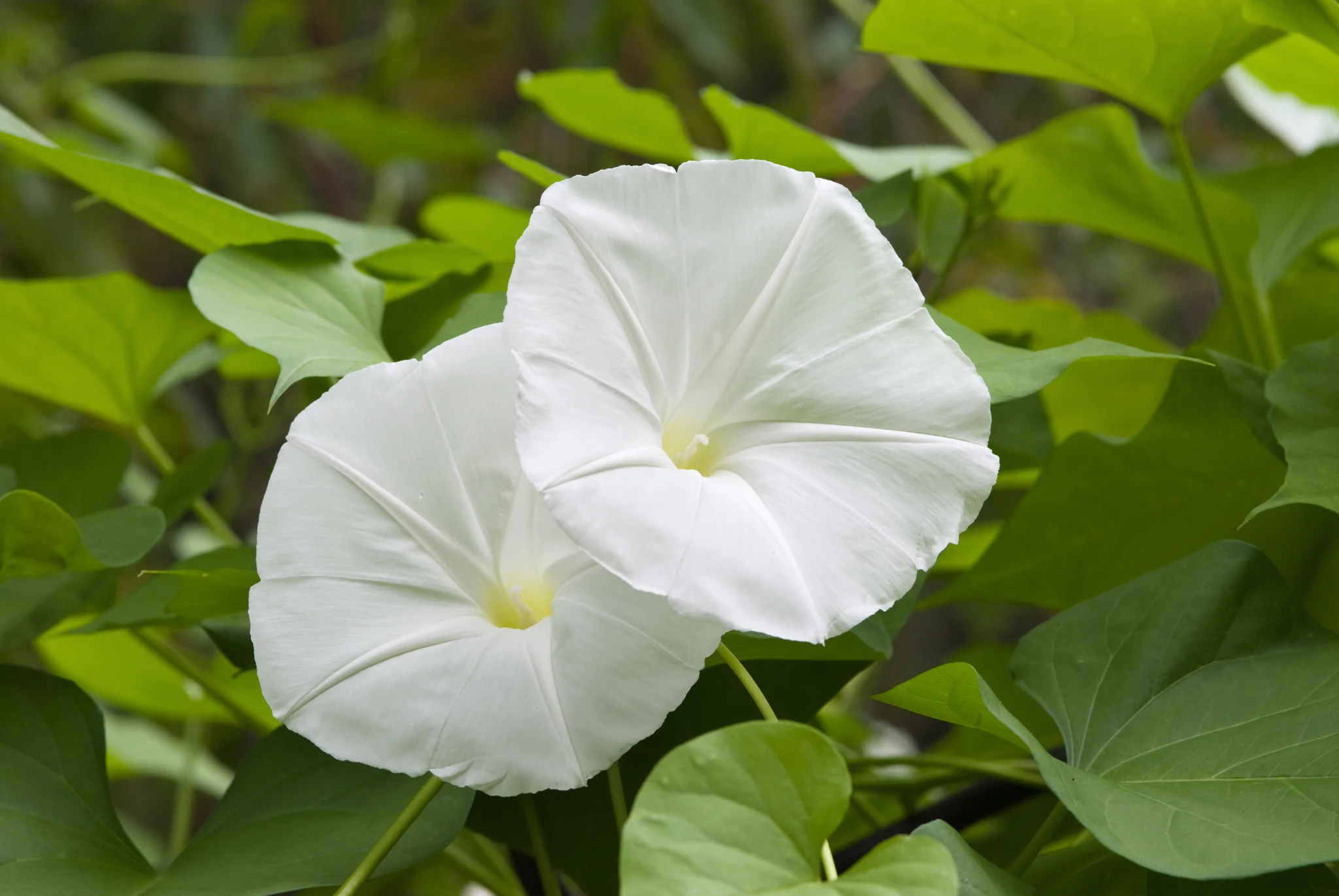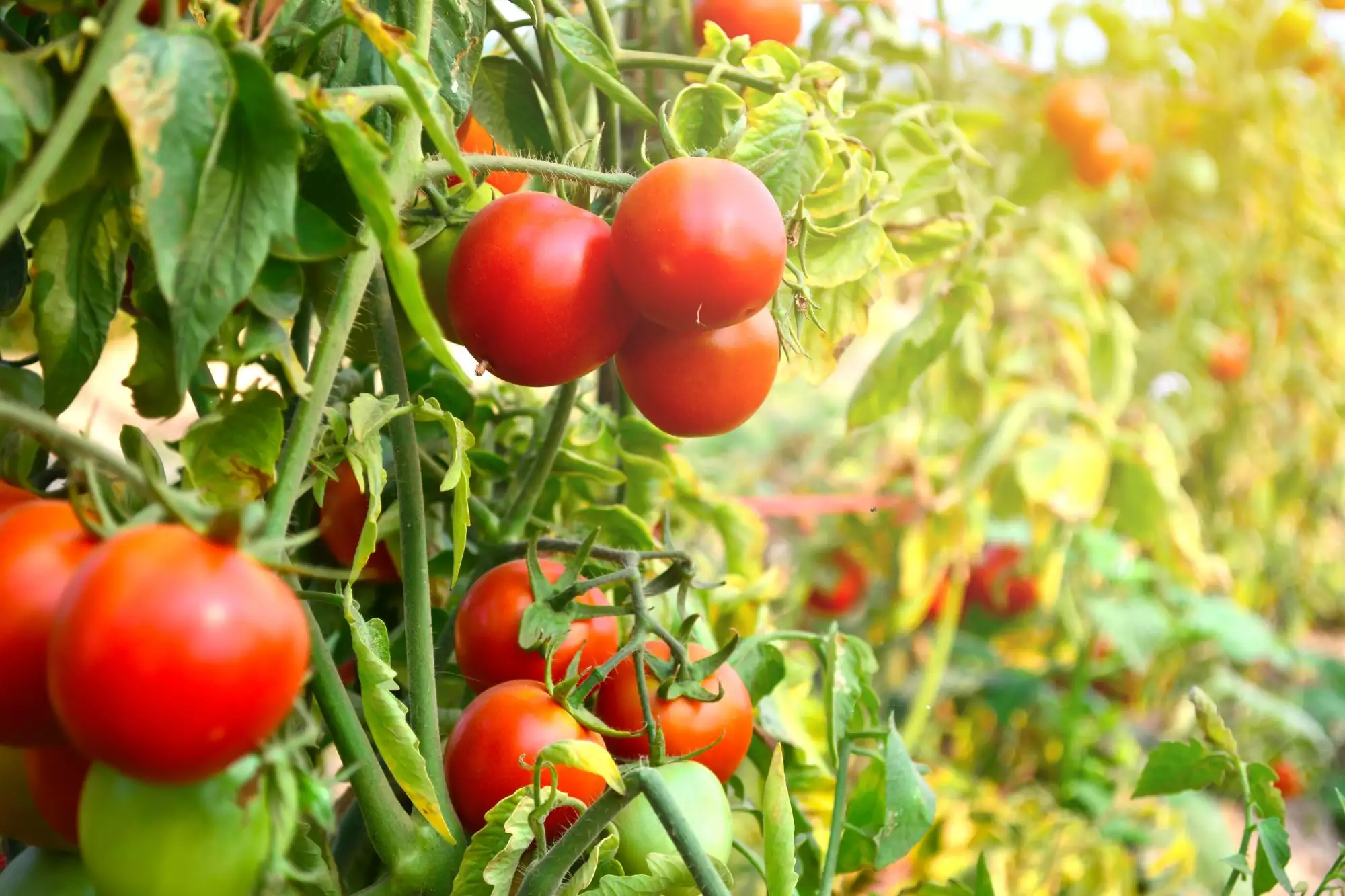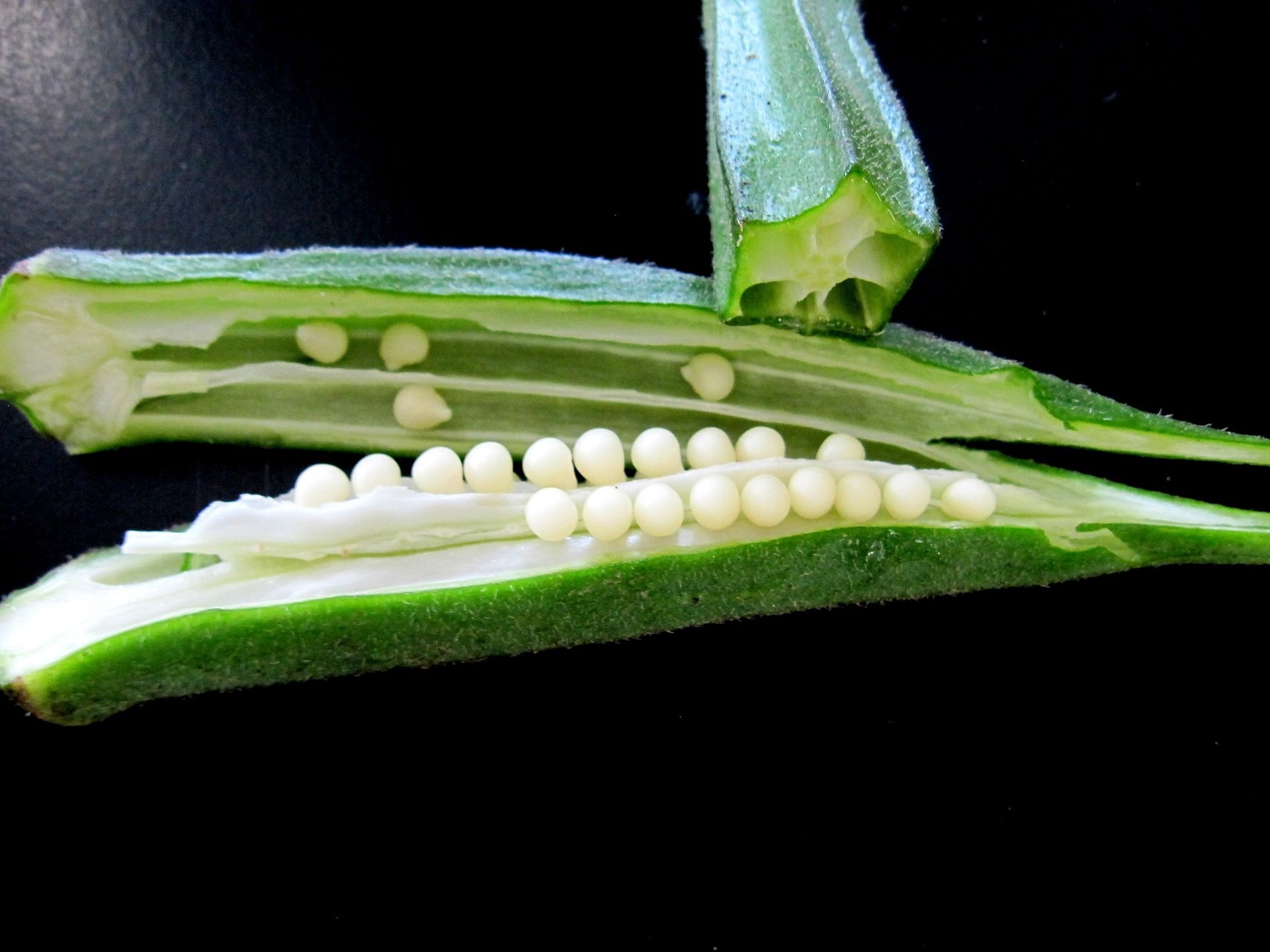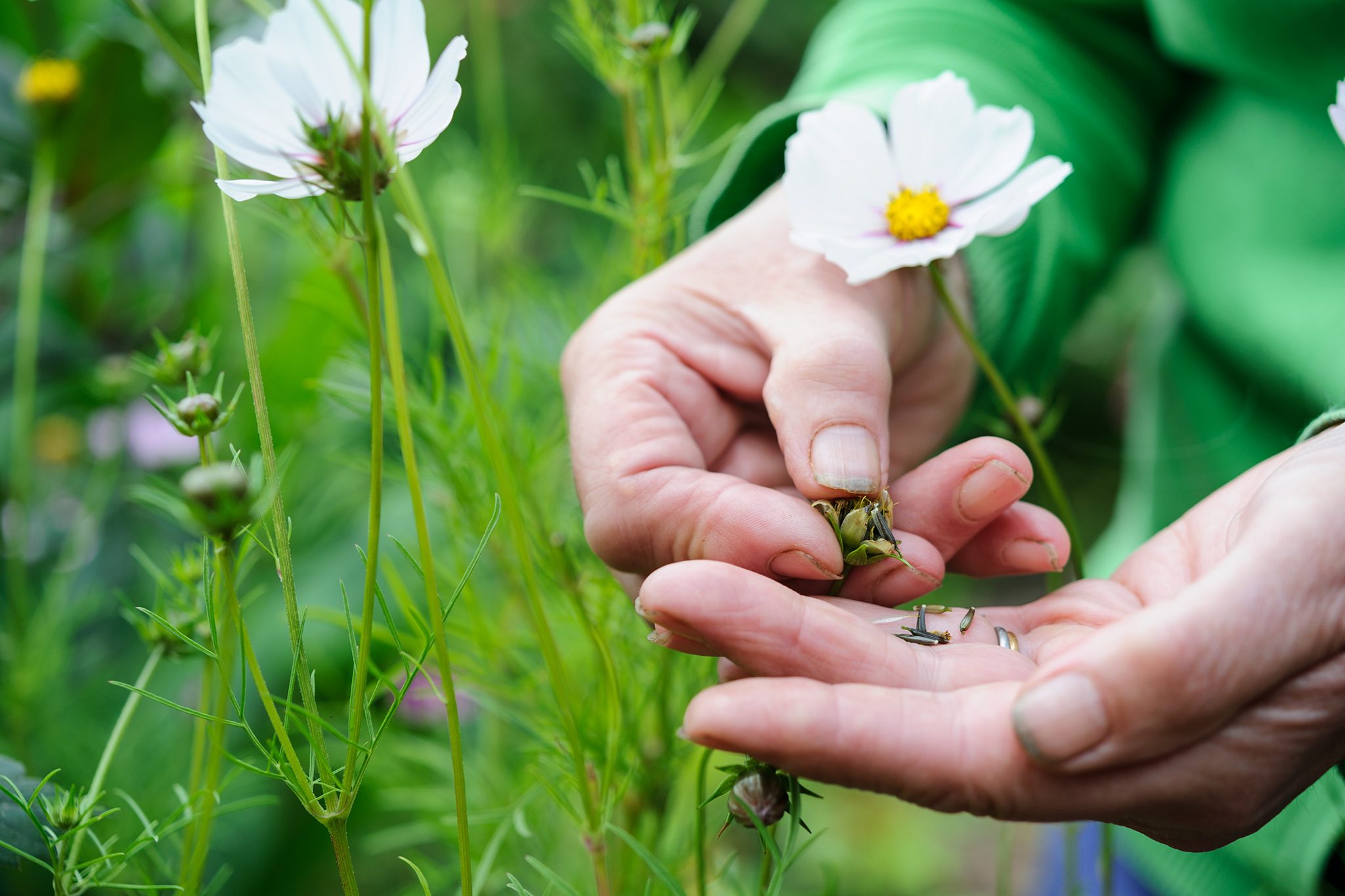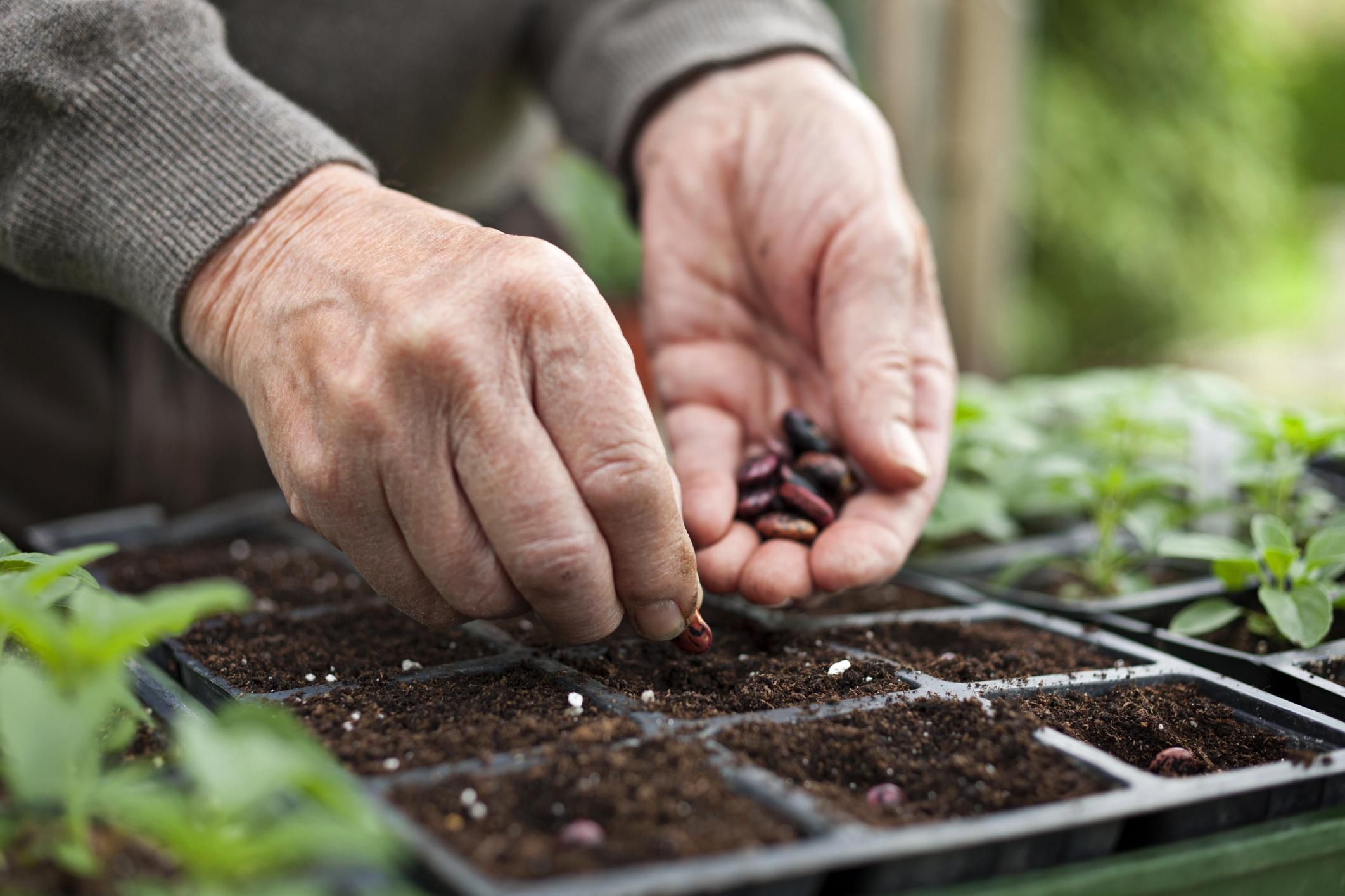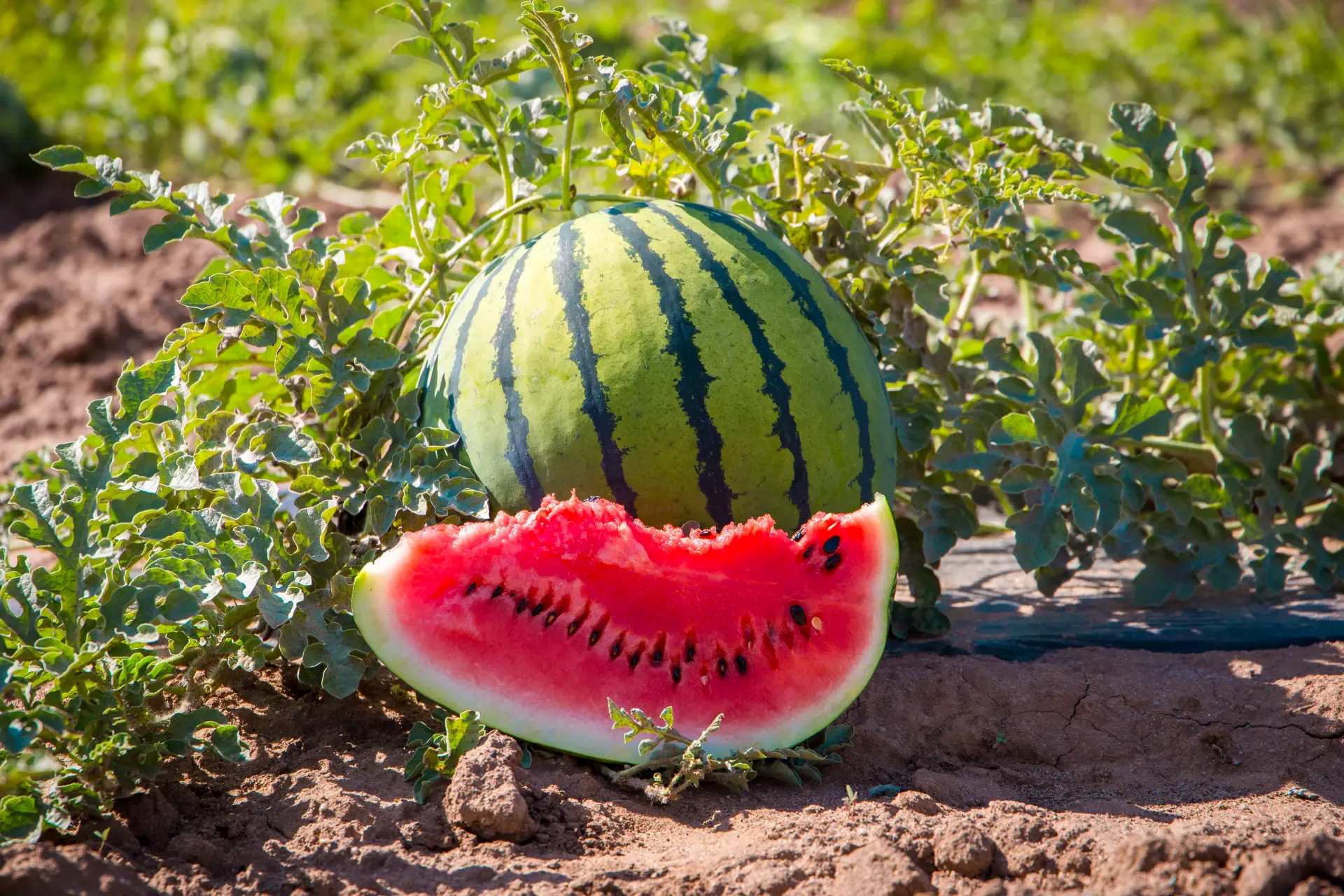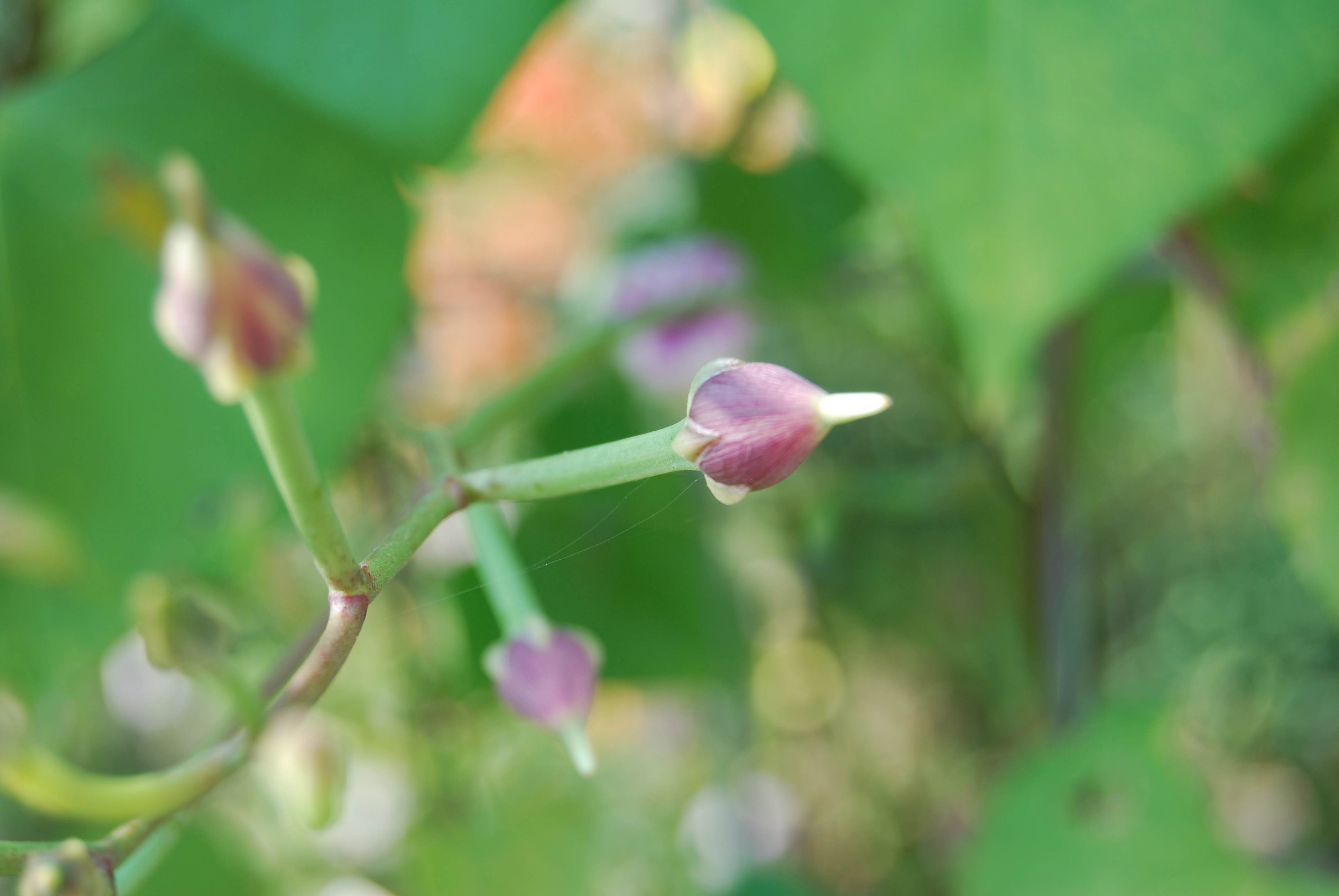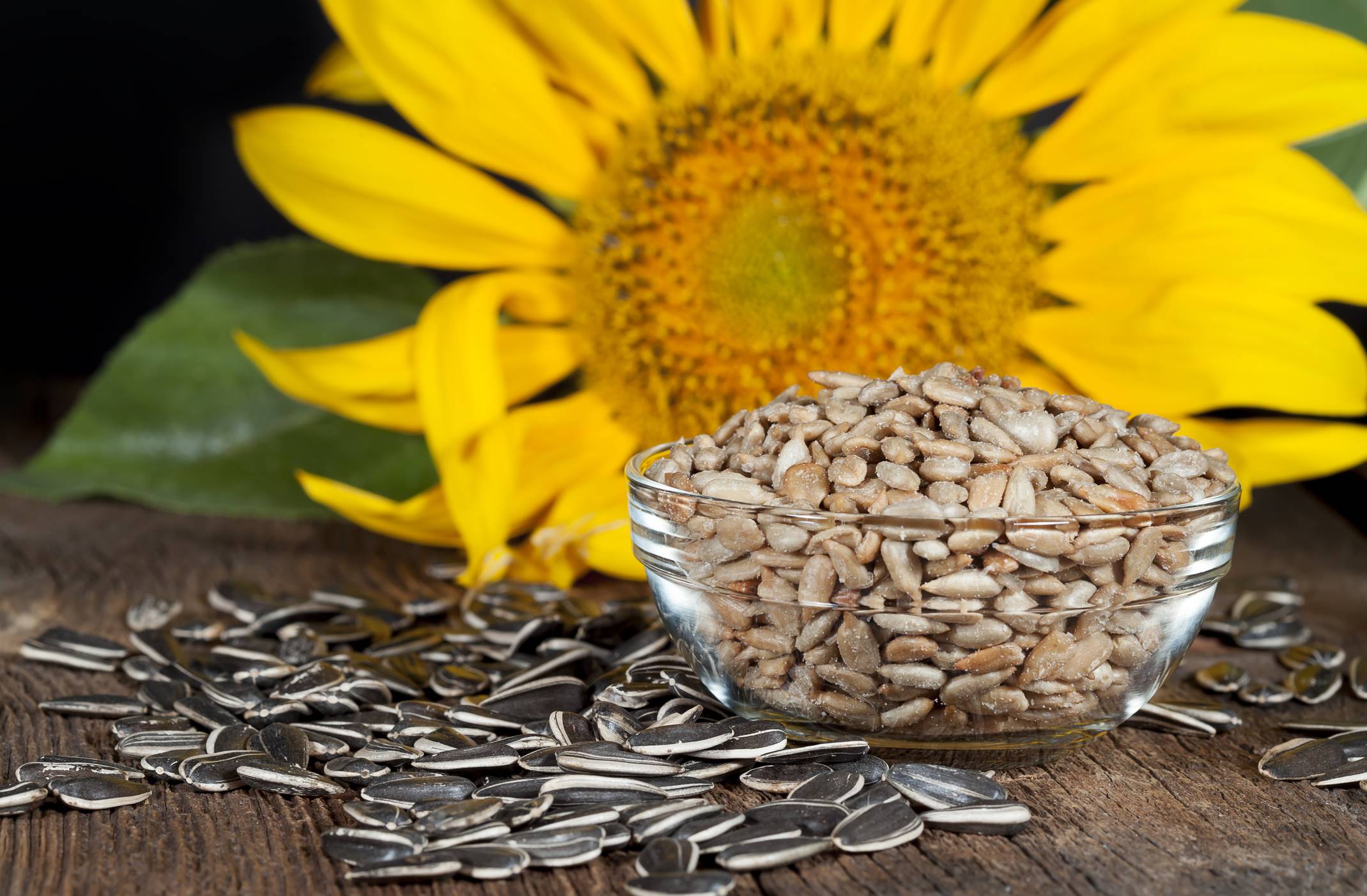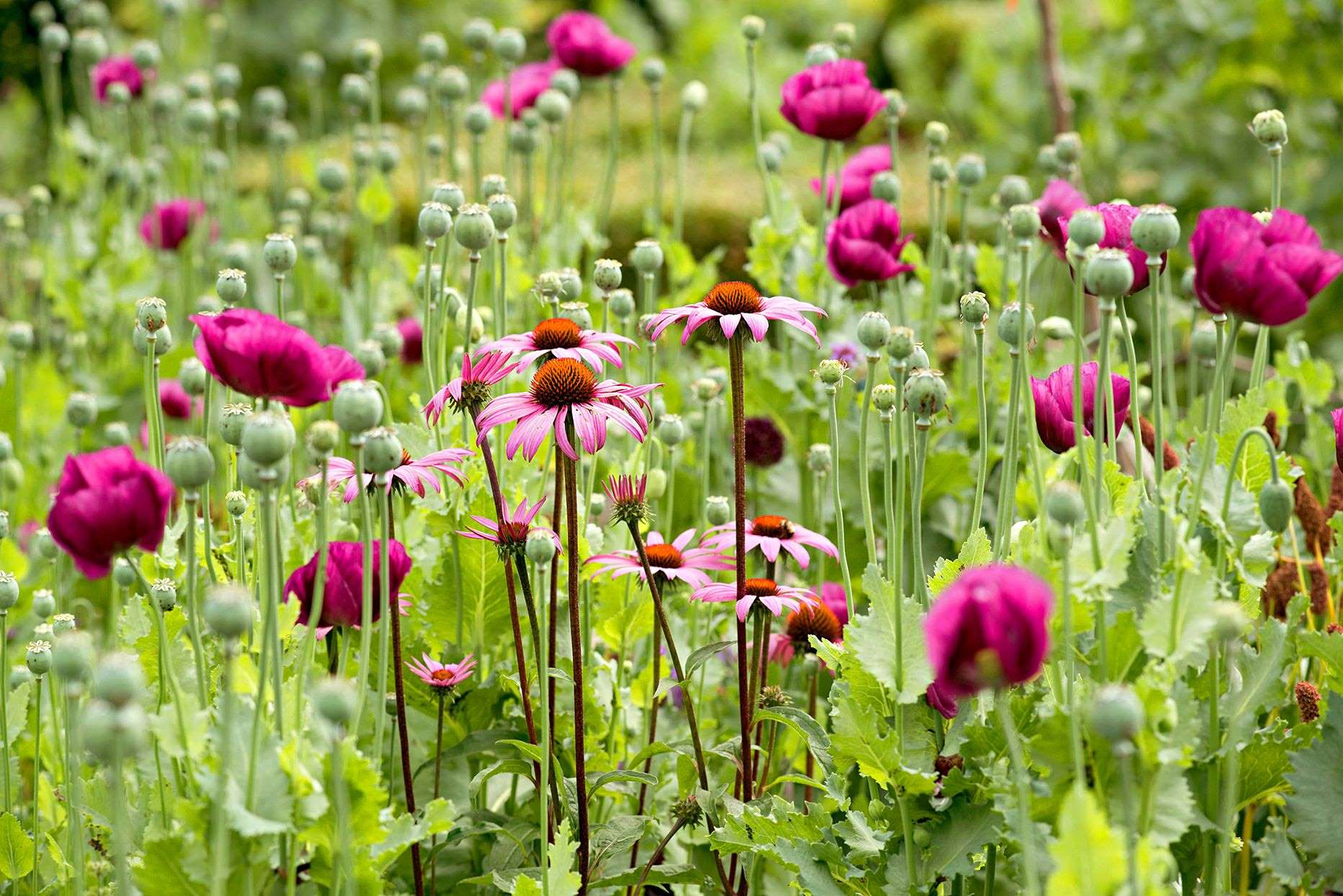Home>Types of Gardening>Edible Gardening>When To Plant Creeping Thyme Seeds


Edible Gardening
When To Plant Creeping Thyme Seeds
Modified: February 8, 2024
Discover the optimal timing for planting your edible creeping thyme seeds in your garden. Learn when to start your edible gardening journey with our expert tips and advice.
(Many of the links in this article redirect to a specific reviewed product. Your purchase of these products through affiliate links helps to generate commission for Chicagolandgardening.com, at no extra cost. Learn more)
Table of Contents
- Introduction
- Benefits of Growing Creeping Thyme
- Understanding Creeping Thyme Seeds
- Factors to Consider Before Planting Creeping Thyme Seeds
- Best Time to Plant Creeping Thyme Seeds
- Steps for Planting Creeping Thyme Seeds
- Caring for Creeping Thyme Plants
- Troubleshooting Common Issues with Creeping Thyme Seedlings
- Harvesting and Using Creeping Thyme
Introduction
Welcome to the world of edible gardening! If you’re passionate about growing your own herbs and spices, then you’re in for a treat. One herb that deserves a spot in your garden is creeping thyme. This versatile herb not only adds a beautiful touch to your landscape but also offers a myriad of culinary and medicinal benefits.
Creeping thyme, scientifically known as Thymus serpyllum, is a low-growing perennial herb that is native to Europe and commonly used in traditional medicine and cooking. Its delicate, creeping stems and small, aromatic leaves make it a popular choice for ground covers, rock gardens, and even hanging baskets. But its appeal goes beyond its attractive appearance.
One of the main benefits of growing creeping thyme is its culinary versatility. The leaves of creeping thyme are rich in essential oils that release a fragrant aroma when crushed or cooked, making them a popular ingredient in various dishes. From seasoning grilled meats and vegetables to flavoring sauces, soups, and marinades, creeping thyme adds a delightful savory note to a wide range of recipes.
Aside from its culinary uses, creeping thyme also offers a host of health benefits. It is known for its antimicrobial properties, which can help fight off infections and boost overall immune function. Traditionally, it has been used as a natural remedy for respiratory ailments, digestive issues, and even as a stress-reliever.
Furthermore, creeping thyme is an excellent choice for environmentally-friendly gardening. It attracts pollinators like bees and butterflies, making it a great addition to your garden if you’re looking to support local ecosystems. Its dense foliage also helps suppress weed growth and prevent soil erosion, making it an ideal ground cover option.
In this article, we will explore the ins and outs of growing creeping thyme from seeds. Whether you’re a seasoned gardener or just starting out, you’ll find valuable information on when to plant creeping thyme seeds, how to care for the plants, and common troubleshooting tips. So, let’s dive in and discover how you can cultivate this remarkable herb in your own backyard!
Benefits of Growing Creeping Thyme
Growing creeping thyme in your edible garden offers numerous benefits that extend beyond its culinary uses. Let’s explore some of the key advantages of cultivating this versatile herb:
- Flavorful Culinary Ingredient: Creeping thyme leaves possess a distinct and delightful flavor. Whether you’re cooking savory dishes, soups, or marinades, adding a sprinkle of fresh or dried creeping thyme can elevate the taste profile and add depth to your recipes.
- Medicinal Properties: Creeping thyme has long been recognized for its medicinal properties. It contains essential oils such as thymol, which is known for its antimicrobial and antiseptic qualities. This makes creeping thyme a go-to herb for naturally combating respiratory ailments and promoting overall wellness.
- Attracts Pollinators: The vibrant flowers of creeping thyme act as a magnet for pollinators, such as bees and butterflies. By incorporating this herb into your garden, you can create a welcoming environment for these beneficial creatures and contribute to the pollination of other plants.
- Ground Cover and Erosion Control: Creeping thyme’s low-growing and spreading habit makes it an excellent ground cover option. Its dense foliage acts as a natural weed suppressor, reducing the need for chemical herbicides. Additionally, the creeping stems help stabilize soil and prevent erosion, making it a valuable addition to sloping or exposed areas.
- Aesthetically Pleasing: With its small, aromatic leaves and delicate flowers in shades of pink, purple, and white, creeping thyme adds a touch of beauty to your garden. Whether used as a border plant, in rock gardens, or spilling over containers, its visual appeal is sure to enhance your outdoor space.
- Low Maintenance: Creeping thyme is known for its resilience and adaptability. Once established, it requires minimal maintenance. It is drought-tolerant and thrives in well-draining soil and full sun. With proper care, this herb can provide years of enjoyment with minimal effort.
As you can see, growing creeping thyme offers countless benefits, both in the kitchen and in the garden. Whether you’re a culinary enthusiast, a nature lover, or simply someone looking for an easy-to-grow herb, you’ll find great value in incorporating this versatile plant into your edible garden.
Understanding Creeping Thyme Seeds
Before you start planting creeping thyme seeds, it’s important to have a good understanding of the seeds themselves. Here’s what you need to know:
Germination Time: Creeping thyme seeds have a moderate germination time compared to other herbs. On average, they take about 14 to 21 days to germinate, but this can vary depending on the conditions and care provided.
Seed Viability: Creeping thyme seeds can remain viable for up to 3 years if stored properly. However, it’s best to use fresh seeds for optimal germination rates. Old or improperly stored seeds may have reduced viability, leading to lower germination rates.
Seedling Characteristics: Creeping thyme seedlings have small, delicate leaves and a low, spreading habit. The foliage tends to range in shades of green, and some cultivars may exhibit variations in leaf shape and color. As the plants mature, they develop tiny clusters of flowers that attract pollinators.
Cultivar Varieties: Creeping thyme is available in various cultivar varieties, each with its own unique characteristics. Some popular cultivars include ‘Elfin,’ which has small, rounded leaves and pink flowers, and ‘Pink Chintz,’ known for its pale pink flowers and dense spreading habit. Research the different cultivars available to choose the one that best suits your garden’s aesthetic and culinary preferences.
Seed Sources: Creeping thyme seeds can be purchased from local garden centers, nurseries, or online seed suppliers. It’s important to ensure you are purchasing organic and non-GMO seeds from a reputable source to guarantee the quality and integrity of the plants you grow.
Sowing Rate: Creeping thyme seeds are small and lightweight. A general rule of thumb is to sow around 10 to 20 seeds per square inch of planting area. This ensures a dense and lush growth of thyme plants once germination occurs.
Special Considerations: Creeping thyme seeds require proper soil preparation and moisture to germinate successfully. It’s important to provide adequate sunlight, well-draining soil, and consistent moisture during the germination period to promote healthy seedling growth.
By familiarizing yourself with the characteristics and requirements of creeping thyme seeds, you’ll be better equipped to provide the optimal growing conditions and increase your chances of successful germination and cultivation.
Factors to Consider Before Planting Creeping Thyme Seeds
Before you begin planting creeping thyme seeds, there are several factors to consider to ensure successful growth and cultivation. Taking these factors into account will help you create the ideal conditions for your creeping thyme plants. Here are some key factors to keep in mind:
Climate: Creeping thyme is known for its adaptability and can thrive in a variety of climates. However, it generally prefers moderate to hot climates with full sun exposure. If you live in a colder climate, consider growing creeping thyme in containers or as an annual plant.
Soil Quality: Creeping thyme flourishes in well-draining soil with a slightly alkaline pH level. Ensure that your soil is loose, fertile, and well-draining to prevent waterlogging, which can lead to root rot. If your soil is heavy or clay-based, you can improve drainage by adding organic matter such as compost or sand.
Site Selection: Choose a location that receives at least six hours of direct sunlight per day. Full sun exposure promotes healthy growth and enhances the flavor and aroma of the creeping thyme. Additionally, select an area with good air circulation to prevent the buildup of moisture and the development of fungal diseases.
Spacing: Creeping thyme plants spread and fill in spaces quickly. To ensure they have enough room to grow, space each plant or seedling around 12 inches apart. Adequate spacing will also help prevent overcrowding and promote airflow, reducing the risk of diseases.
Watering: Creeping thyme is relatively drought-tolerant once established. Avoid overwatering, as excessive moisture can lead to root rot. Water the plants deeply but infrequently, allowing the soil to dry out slightly between waterings. This will encourage the development of deep, robust root systems.
Companion Planting: Consider companion planting when incorporating creeping thyme into your garden. It pairs well with other herbs, such as lavender and rosemary, which have similar soil and sunlight requirements. Companion planting can enhance pest control, attract beneficial insects, and provide a visually appealing garden layout.
Pest and Disease Resistance: Creeping thyme has natural pest-repellent properties and is resistant to many common garden pests. However, it is still important to monitor your plants for any signs of infestation or disease. Regular inspection and the use of organic pest control methods, if necessary, will help maintain the health and vigor of your creeping thyme plants.
By considering these factors before planting creeping thyme seeds, you will be able to create the optimal conditions for your plants to thrive. Taking the time to assess these factors and make any necessary adjustments will greatly contribute to your success in growing healthy and robust creeping thyme in your garden.
Best Time to Plant Creeping Thyme Seeds
The timing of when you plant creeping thyme seeds is crucial for the successful establishment and growth of your plants. While creeping thyme can be grown either through seeds or transplants, planting from seeds allows you to experience the full lifecycle of the herb. Here are some key factors to consider when determining the best time to plant creeping thyme seeds:
Climate and Season: Creeping thyme is a hardy herb that can be planted in various climates. However, for optimal growth, it is best to plant the seeds in the spring or early summer when the soil has warmed up and there is no longer a risk of frost. This timing allows the seeds to germinate and establish healthy root systems before winter arrives.
Soil Temperature: Creeping thyme seeds prefer soil temperatures between 60 and 70°F (15 to 21°C) for successful germination. It is important to check the soil temperature with a soil thermometer before planting the seeds. If the soil is too cold, the germination process may be delayed or result in poor seedling development.
Moisture and Rainfall: Adequate moisture is essential for successful seed germination. Before planting creeping thyme seeds, check the weather forecast for a period of consistent rainfall or plan to provide supplemental irrigation. Ensure that the soil is evenly moist but not waterlogged during the germination process.
Growing Zone: The appropriate planting time may vary depending on your specific growing zone. Check your USDA Hardiness Zone to determine the average last frost date and the general climate in your area. This information will help you determine the optimal timing for planting creeping thyme seeds in your region.
Indoor Starting: If you live in an area with a shorter growing season or colder climate, you may consider starting your creeping thyme seeds indoors. Start the seeds about 6 to 8 weeks before the last expected frost date in your area. This gives the seedlings a head start and allows you to transplant them outdoors once the weather has warmed up.
Extended Growing Season: In regions with mild winters, planting creeping thyme seeds in the fall can result in early spring growth and an extended growing season. The seeds can be planted a few weeks before the first expected frost to allow for germination before winter dormancy.
By considering the climate, soil temperature, moisture conditions, and your specific growing zone, you can determine the best time to plant your creeping thyme seeds. Providing ideal conditions during the germination period will increase the chances of successful establishment and ensure a bountiful harvest of this aromatic and versatile herb.
Steps for Planting Creeping Thyme Seeds
Planting creeping thyme seeds is a simple and rewarding process. Follow these steps to ensure successful germination and establishment of your creeping thyme plants:
- Prepare the Soil: Choose a planting site with well-draining soil and full sun exposure. Remove any weeds, rocks, or debris from the area and loosen the soil with a garden fork or tiller. Add compost or well-rotted organic matter to improve soil fertility and drainage.
- Sow the Seeds: Scatter the creeping thyme seeds evenly over the prepared soil surface. As the seeds are small, it’s best to mix them with fine sand or vermiculite to aid in even distribution. Avoid planting the seeds too deeply; a light covering of soil or vermiculite is sufficient.
- Water the Seeds: After sowing the seeds, gently water the area using a fine mist or a watering can with a rose attachment. Ensure that the soil is evenly moist but not saturated. Providing consistent moisture during the germination period will help the seeds sprout and establish healthy seedlings.
- Provide Warmth: Creeping thyme seeds require warm soil temperatures for germination. If the temperatures in your area are cooler, you can cover the seeded area with a layer of clear plastic or a cloche to create a greenhouse effect and trap warmth. Remove the covering once seedlings emerge.
- Thin and Transplant: Once the seedlings have grown a few inches tall and developed their third set of leaves, thin them out to give each plant enough space to grow. Space the seedlings around 12 inches apart. If you have too many seedlings, carefully transplant the extras to other areas of your garden or share them with fellow gardeners.
- Maintain Moisture: Keep the soil consistently moist, but not soggy, during the early stages of growth. Water deeply and thoroughly, allowing the top inch of soil to dry out slightly between waterings. Once established, creeping thyme is more drought-tolerant, but regular watering during dry spells will ensure healthy, vigorous plants.
- Provide Care and Maintenance: Mulch the area around the seedlings with a thin layer of organic mulch, such as shredded bark or straw, to help retain moisture and suppress weed growth. Monitor the plants for pests or diseases, and address any issues promptly. Prune back the plants in late winter or early spring to promote bushier growth.
- Harvest and Enjoy: As your creeping thyme plants mature, you can begin harvesting the leaves as needed. Snip off sprigs of the herb and use them fresh or dried in various culinary applications. Enjoy the savory flavor and aroma of your homegrown creeping thyme in dishes like roasted meats, sauces, soups, and more.
By following these steps, you’ll be on your way to growing a beautiful patch of creeping thyme. It’s a delightful herb that not only enhances your garden’s aesthetics but also brings a burst of flavor and fragrance to your meals.
Caring for Creeping Thyme Plants
Once your creeping thyme plants are established, it’s important to provide proper care to ensure their health and longevity. Here are some essential care tips to keep in mind:
Watering: While creeping thyme is drought-tolerant, it’s important to water the plants regularly, especially during dry spells. Deep watering once a week is generally sufficient. Water the base of the plants rather than wetting the foliage to reduce the risk of fungal diseases.
Fertilization: Creeping thyme generally doesn’t require heavy fertilization. However, you can apply a balanced organic fertilizer in early spring, following the package instructions. Avoid over-fertilizing, as this can lead to excessive foliage growth and reduced flowering.
Pruning: Regular pruning helps maintain the shape and vigor of your creeping thyme plants. Trim back the plants after flowering to encourage bushier growth and prevent them from becoming leggy. You can also lightly shear the plants in late winter or early spring to remove dead foliage and stimulate new growth.
Weed Control: Creeping thyme forms a dense mat of foliage, which helps suppress weed growth. However, it’s still important to monitor the area and remove any weeds that may emerge. Hand-pull weeds, taking care not to disturb the shallow root systems of the thyme plants.
Pest and Disease Management: Creeping thyme is generally resistant to pests and diseases. However, occasional issues such as aphids or powdery mildew may occur. Inspect your plants regularly and address any pest or disease problems promptly. Use organic pest control methods such as insecticidal soaps or neem oil if necessary.
Overwintering: Creeping thyme is a hardy perennial that can survive cold winters. In regions with severe winters, mulch the plants with a layer of organic mulch, such as straw or shredded leaves, to protect them from freezing temperatures. Remove the mulch in early spring when the risk of frost has passed.
Dividing and Propagation: Over time, creeping thyme can become thick and woody. To maintain the health and vigor of the plants, consider dividing them every few years in early spring. Dig up the clump, separate it into smaller sections, and replant them in well-prepared soil.
Enjoy the Benefits: Once your creeping thyme plants are well-established and properly cared for, they will reward you with a vibrant display of foliage and aromatic blooms. Take the time to appreciate their beauty, and enjoy harvesting sprigs of fresh thyme to enhance your culinary creations.
By following these care tips, your creeping thyme plants will flourish and continue to provide you with their delightful fragrance, attractive ground cover, and culinary benefits for many seasons to come.
Troubleshooting Common Issues with Creeping Thyme Seedlings
While creeping thyme is a resilient herb, seedlings may still encounter some common issues during their early stages of growth. Understanding and addressing these issues promptly can help ensure the successful establishment of your creeping thyme plants. Here are some common problems and their troubleshooting solutions:
Poor Germination: If you notice that only a portion of your creeping thyme seeds have germinated, it could be due to factors such as improper planting depth, low soil temperatures, or poor seed quality. To increase germination rates, ensure that you are sowing the seeds at the correct depth and that the soil temperature is within the recommended range. Using fresh, high-quality seeds can also improve germination rates.
Damping Off: Damping off is a fungal disease that affects young seedlings, causing them to rot at the base and eventually die. To prevent damping off, avoid overwatering and ensure proper drainage. Provide adequate air circulation around the seedlings, and avoid overcrowding. If damping off occurs, remove the affected seedlings and adjust your watering practices to prevent further spread.
Weed Competition: In the early stages of growth, creeping thyme seedlings may struggle to establish themselves if they are competing with weeds. Keep the planting area free from weeds by hand-pulling or using mulch. Mulching around the seedlings with organic materials helps suppress weed growth and conserves soil moisture.
Lack of Sunlight: Creeping thyme requires full sun exposure to thrive. If your seedlings are growing leggy or pale, it may be an indication of insufficient sunlight. Ensure that the planting area receives at least six hours of direct sunlight per day. If your garden has shaded spots, consider transplanting the seedlings to a sunnier location.
Pest Infestation: While creeping thyme is generally resistant to pests, occasional pests like aphids or spider mites may appear. Inspect the seedlings regularly and address any pest infestations promptly. Remove the pests by gently spraying the plants with a strong jet of water or use organic insecticidal soap or neem oil to deter them.
Improper Watering: Overwatering or underwatering can lead to stress or root rot in creeping thyme seedlings. Ensure that the soil is evenly moist but not soggy. Water deeply and allow the top inch of soil to dry out slightly before watering again. Adjust your watering frequency according to the specific environmental conditions and the moisture needs of your seedlings.
Transplant Shock: If you’ve transplanted creeping thyme seedlings from indoor containers to the outdoors, they may experience transplant shock. To minimize shock, harden off the seedlings by gradually exposing them to outdoor conditions over a period of about a week. Protect them from extreme weather conditions, such as intense heat or heavy rains, until they have acclimated to their new environment.
By being vigilant and addressing these common issues with creeping thyme seedlings, you can help them establish strong and healthy root systems. With proper care and attention, your seedlings will soon grow into robust plants that will provide you with the aromatic and flavorful benefits of this wonderful herb.
Harvesting and Using Creeping Thyme
Harvesting creeping thyme is a rewarding experience that allows you to enjoy the delightful flavor and aroma of this versatile herb in your culinary creations. Here’s how to harvest and make the most of your creeping thyme plants:
When to Harvest: Creeping thyme can be harvested throughout the growing season, starting from when the plants reach about 6 to 8 inches in height. Harvesting can continue until late summer or early fall before the plants go into winter dormancy. It’s best to harvest early in the morning after the dew has dried, as this is when the essential oils are the most concentrated.
Harvesting Method: To harvest creeping thyme, simply snip off sprigs of the herb using clean and sharp gardening shears or scissors. Cut just above a set of leaves to encourage new growth. Avoid cutting more than one-third of the plant at a time, as this may hinder its ability to recover and continue producing. Leave some foliage on the plant to ensure its vitality.
Fresh Use: Fresh creeping thyme adds a burst of flavor to a variety of dishes. Rinse the harvested sprigs under cool water to remove any dirt or debris and pat them dry. Use the fresh thyme leaves as a garnish for salads, soups, or roasted vegetables. You can also chop the leaves finely and add them to marinades, dressings, or herb-infused butters.
Drying Method: If you have a surplus of creeping thyme, drying it allows you to preserve the flavors and extend its shelf life. To dry creeping thyme, gather small bunches of sprigs and secure them with twine. Hang the bunches upside down in a well-ventilated area away from direct sunlight. Once dry and brittle, remove the leaves from the stems and store them in an airtight container for future use.
Culinary Uses: Dried creeping thyme is a staple in many kitchens and can be used in a variety of dishes. It adds depth and aroma to roasted meats, poultry, and vegetables. Sprinkle dried thyme into stews, soups, or sauces to enhance their flavors. It can also be blended with other dried herbs like rosemary, sage, and oregano for a versatile herb seasoning for savory dishes.
Herbal Infusions: Creeping thyme leaves can be used to make soothing herbal infusions. Place a few sprigs of fresh or dried thyme in a cup, pour boiling water over them, and steep for 5 to 10 minutes. Strain the infusion and enjoy it as a calming tea. Thyme infusions are known for their potential health benefits, including aiding digestion and supporting the immune system.
Culinary Pairings: Creeping thyme pairs well with a variety of ingredients. It complements the flavors of meats such as lamb, pork, and poultry, as well as roasted or grilled vegetables. Combine it with other herbs like rosemary, sage, and parsley to create aromatic herb blends. The earthy and slightly floral notes of creeping thyme enhance the flavors of marinades, dressings, and sauces.
By harvesting and utilizing your creeping thyme, you can add a unique touch to your culinary creations and enjoy the distinct flavor and aroma that this versatile herb has to offer. Take pleasure in the process of growing, harvesting, and savoring the fruits of your labor.
